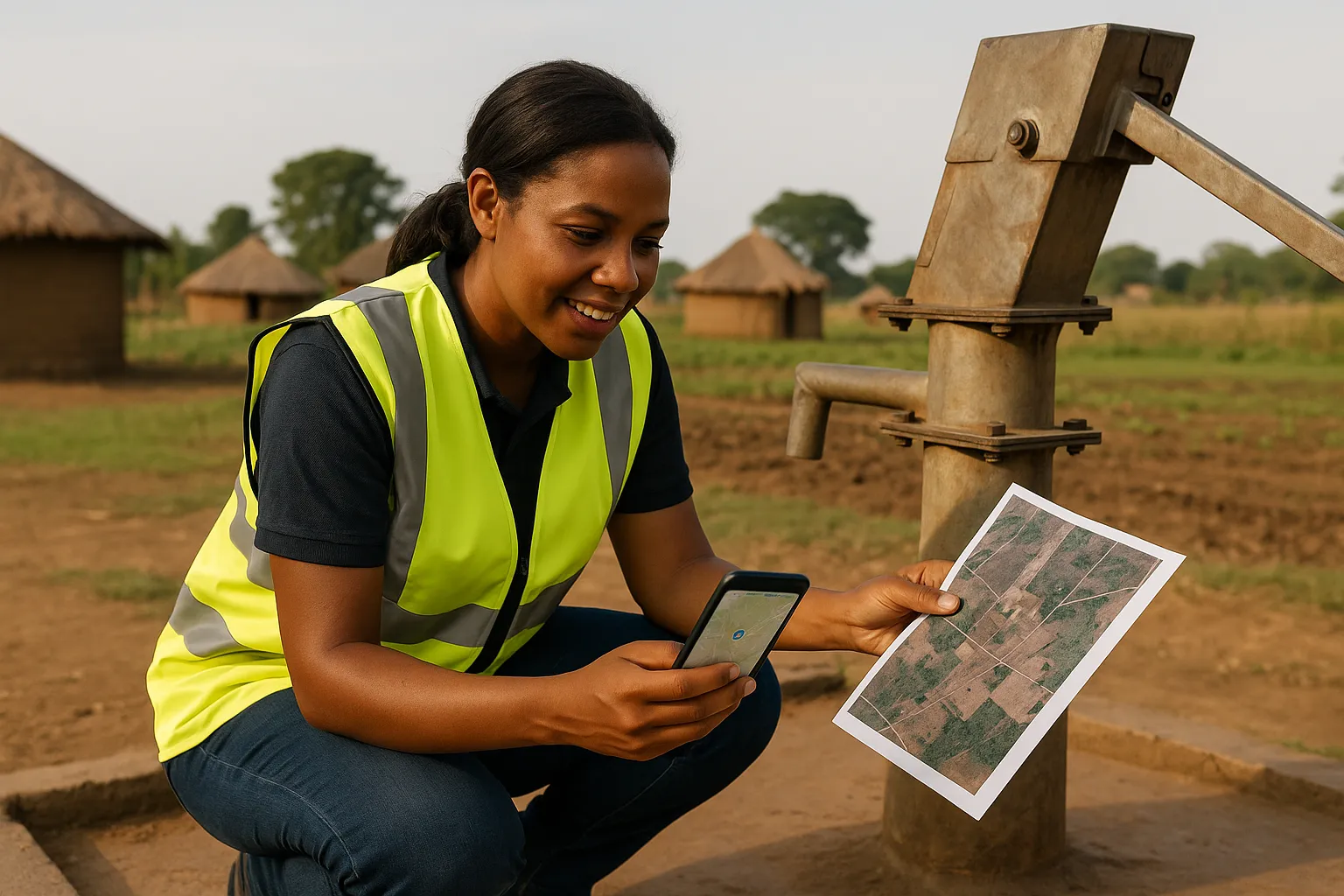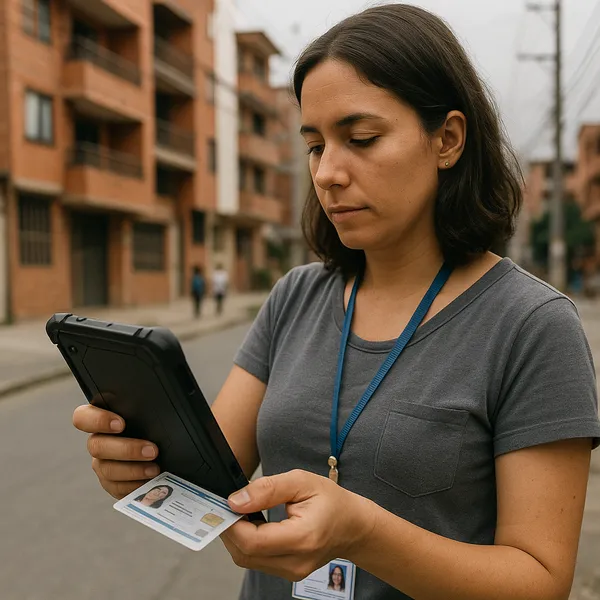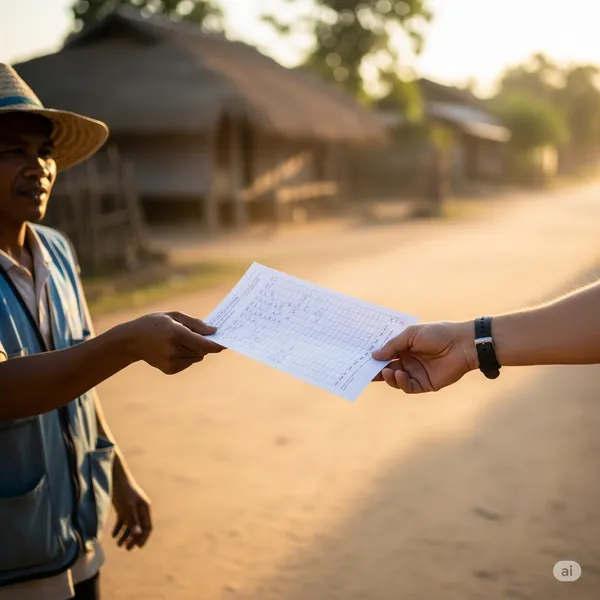Data Triangulation: The Methodological Core of Fiduciary Verification
Published on: Tue Nov 19 2019 by Ivar Strand
In complex and fragile environments, evidence is rarely straightforward. Any single data source is susceptible to systemic bias, inadvertent error, or deliberate manipulation. Relying on a monomethod—whether quantitative surveys, official government records, or satellite imagery alone—inevitably provides an incomplete and potentially misleading picture of reality. The central challenge for any analytical or monitoring body is how to construct a verifiable and trustworthy understanding from these imperfect inputs.
The solution does not lie in a search for a single, perfect data source. Rather, technical excellence is achieved through the rigorous and systematic application of triangulation: the cross-referencing of multiple, independent data streams to build a coherent and defensible assessment. This paper outlines the principle of triangulation as the methodological core of sound analysis and verification.
The Monomethod Fallacy
Relying on a single line of evidence in a fragile state is a critical vulnerability. Each method, when used in isolation, has distinct and predictable weaknesses.
- Official Statistics: In many contexts, government data may be politically engineered, systematically underfunded, or simply non-existent at the required level of granularity. Using it as a sole source risks building analysis on a foundation that is either hollow or unsound.
- Quantitative Surveys: While powerful, surveys are subject to significant challenges in FCAS environments. Insecure areas can lead to sampling bias, while respondents may provide socially desirable answers due to fear or a desire to please enumerators. The data shows what people report, which is not always synonymous with ground truth.
- Qualitative Observation: Direct observation and key informant interviews provide essential depth and context. However, findings can be specific to a particular location or individual, making them difficult to generalize. They are also subject to the perspective and potential bias of the observer.
- Geospatial Data: Remote sensing and satellite imagery offer objective evidence of physical change over time. Yet, they cannot explain the “why” or “how.” A satellite can confirm a building was constructed but cannot verify its structural quality, its intended purpose, or whether it is being used by its intended beneficiaries.
Technical excellence requires an explicit acknowledgement of these individual limitations and a methodology designed to overcome them.
Triangulation as a Methodological Principle
Triangulation is the process of using multiple, methodologically distinct data sources to corroborate or challenge a finding. The fundamental principle is that the weaknesses of one method can be offset by the strengths of another. Confidence in a conclusion increases significantly when independent data streams converge on the same answer.
Conversely, and just as importantly, when different data sources diverge, it signals a critical area for deeper investigation. Divergence is not a sign of failure; it is a finding in itself. It can reveal hidden complexities, data quality issues, or even deliberate misinformation that a single method would have missed entirely.
At its core, this is a practice of epistemological humility—the recognition that no single method holds a monopoly on the truth. Trust is not placed in any one source, but in the analytical process of synthesis and cross-validation.
A Framework for Applied Triangulation
A robust triangulation process is systematic, not ad hoc. At Abyrint, we apply a structured framework to ensure methodological rigor.
- Deconstruct the Verification Question. A high-level question must be broken down into specific, measurable components. For example, the question “Is the new water pump program successful?” can be deconstructed into: (a) Are the pumps physically installed at the correct locations? (b) Are the pumps functional? (c) Is the community using them? (d) Has water access measurably improved?
- Assign Independent Methods. Each sub-question is then matched with the most appropriate data collection methods.
- For (a), physical installation, we would use GPS-tagged and timestamped photos from field staff, cross-referenced with satellite imagery.
- For (b), functionality, we would use direct physical inspection by independent monitors.
- For (c), community use, we would conduct spot-check observations and brief user surveys.
- For (d), impact, we might analyze household-level data on time spent collecting water, compared to a baseline.
- Synthesize and Analyze. The final and most critical step is to compare the findings from each stream. If satellite imagery confirms a pump’s location, a monitor confirms it works, and surveys confirm it is heavily used, we have a high-confidence conclusion. If the monitor finds the pump is broken and surveys indicate it is rarely used, but official reports claim success, the divergence clearly identifies a performance issue that requires action.
This structured approach is illustrated in the matrix below.
Exhibit A: Triangulation Matrix for Water Point Verification (A conceptual table is shown. Rows list “Verification Component” such as “Physical Installation,” “Technical Functionality,” and “Community Usage.” Columns list “Data Source / Method” such as “Geospatial Data,” “Direct Observation,” and “User Survey.” The cells contain the specific evidence gathered, for example, “Satellite image confirms coordinates” or “Pump handle broken” or “85% of respondents report daily use.”)
From Disparate Data to Defensible Conclusions
In complex environments, data is often fragmented, contradictory, and incomplete. Technical excellence is not defined by the quality of any single input, but by the rigor of the analytical process used to synthesize them. Triangulation provides a robust and defensible methodology for navigating this uncertainty.
By systematically cross-validating information from independent sources, we move beyond anecdote and assumption. This process builds a chain of evidence that is far stronger than its individual links, establishing a foundation of trust—trust in the findings, trust in the analysis, and ultimately, trust between partners working to achieve results in the world’s most challenging settings.



